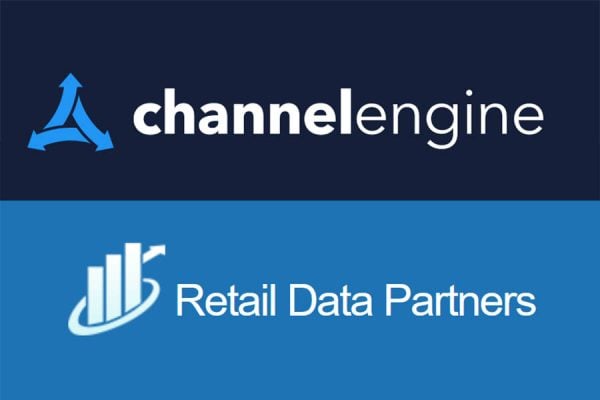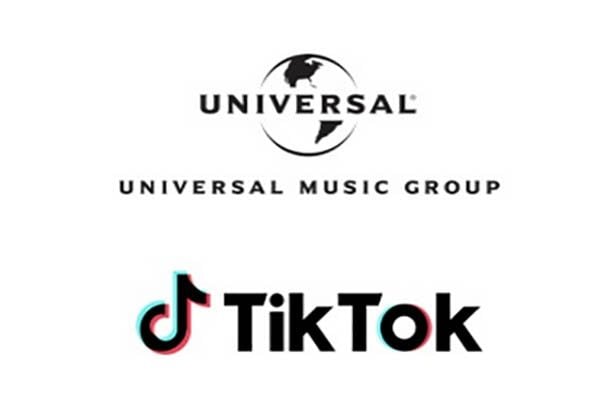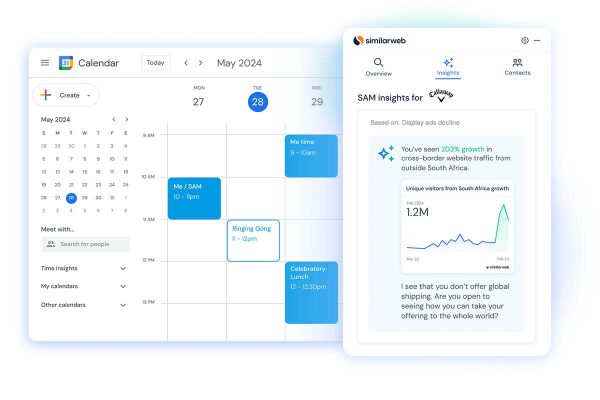Any business of any size needs growth – that’s Capitalism, folks – and with domestic markets increasingly saturated with lowest-priced domestic goods, one of the few places left to look for that growth is overseas.
As many of us either are about to embark on our Summer holidays – for UK readers, that probably means, for once, to cooler climes – or return from a lovely relaxing overseas foray, the lure of the international must be in your blood.
While each domestic market is often full with domestic retailers, being an overseas retailer can bring a certain je n’est ce quoi to what you sell. Foreign buyers often can’t get enough of UK goods, not least in China, but also in France, Germany and even the US.
And one of the best ways to start to gain traction in new markets is through marketplaces.
Marketplaces offer a unique advantage in that they are already established ecommerce retailers in those regions and so have the shoppers. It is a no-brainer to start to use their existing reach and expertise to put your products in front of their customers – even if it is to test the local waters prior to making a full online play in those regions.
Many leading mega-marketplaces such as Amazon and eBay operate in a swathe of geographies and, if you are using them in one territory, it is relatively easy to add others.
Some marketplaces make entry to new markets easier by offering fulfilment or customer services. They may even specify in their SLAs that sellers must respond to customer enquiries in the local language and within a certain timeframe. Factors such as these need to be taken into account, though, and thought through whether market entry is via a marketplace or going it alone with a localised, transactional site.
Even within the EU, there are complexities such as managing returns from different countries and the level of returns you should expect from each market. For example, there is a high rate of returns for clothes in the Nordic region and Germany, while in France it averages 15%-20% and is even lower in Spain.
While marketplaces offer a key way to enter new territories, if you’re going to use a marketplace in a new country you still have to localise the content. The key consideration is how good your data is, since content and imagery need to be in excellent condition. Be prepared to work at that.
But marketplaces do allow retailers to experiment with products and pricing to gather an understanding of the shopping habits, returns profile and payment needs of new markets in a way that’s cheaper than jumping straight in with a localised site. Once set up, many of the processes of managing inventory and listings on international marketplaces can be automated. It is just as simple to list on Allegro in Poland, Newegg in the US, Cdiscount in France or on Google Shopping.
In fact, the number of vertical-specific marketplaces is also growing significantly with one going live every month to fill the niche areas into which Amazon doesn’t go deeply. One such is the sports apparel and equipment marketplace launched in February by French sports newspaper L’Équipe. L’Équipe Store offers a range of 70,000 products distributed by 30 specialist retailers and sports brands.
But a word of warning: most of the marketplaces differ significantly from their competitors’.
The mechanisms used by the providers vary greatly with, for instance, open and closed markets. Also, the moment that ownership changes differs and can range from when the transaction takes place to when the goods are delivered.
Happy overseas hunting!







